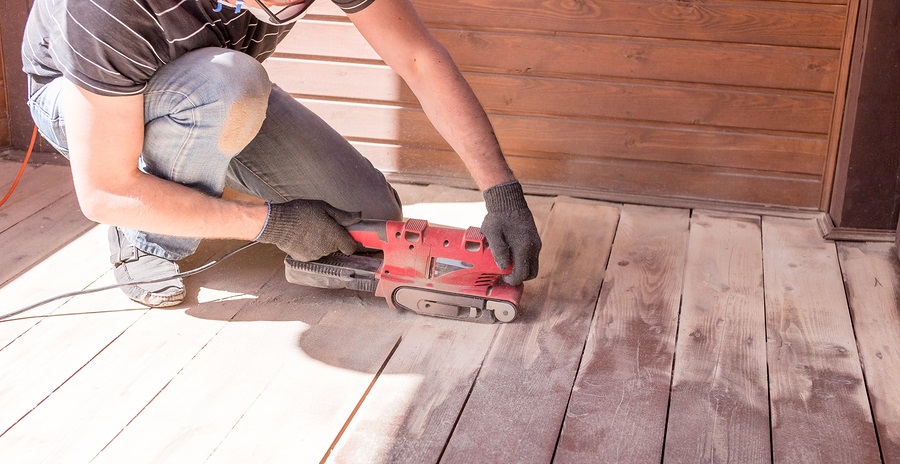Posted by Sandpaper America on Jun 26th 2019
What You Need to Know About Sanding Wood Floors
If you wish to upgrade, renew, or restore the wood flooring in your property, sanding is a lucrative and effective option. Sanding your floors is an important step to wood floor refinishing, and should always be completed before applying stain, varnish, polish, lacquer, or sealant. Floor is not a simple job. It requires practice, dedication, patience, and skill. If you are a novice sander, it is best to hire a flooring contractor to ensure accurate results.
If you have woodworking or sanding experience, and you are fervent about refinishing your floors yourself, be sure to know what you are dong before getting started. Review instructions, guidelines, and tips for floor sanding before starting the project. Ask for professional advice and product recommendations as well.
Continue reading for some information about floor sanding and some tips for getting started.

Wood Floor Sanding
There are two approaches for sanding wood floors. You can do it manually by hand, or you can use sanding equipment. Obviously, using sanding equipment will make the project easier and faster, but manual sanding is a better choice for smaller and more complex floor sanding needs. Manual sanding requires the use of a sanding block. Sanding blocks are generally made from wood or cork, and have one smooth, flat side, and a side with a handle. Their purpose is to hold sandpaper and provide an easy and comfortable grip for manual sanding. They relieve pressure from fingertips, reduce skin irritation and allow for longer work sessions.
Sanding equipment is great for larger, whole floor projects. There a two options for sanding equipment to choose from: a belt sander or a small pad sander. It is important to use the right tool for the project. The proper tool choice depends on the condition and material of the floors. If this is something you are unsure about, contact a professional sandpaper service for advice.
When it comes to floor sanding, it is equally important to use the proper sandpaper grit. Heavy sanding jobs will require a courser sandpaper with a low grit count (24-36), while more delicate or moderate surface conditions will need a finer sandpaper with a higher grit count (60-80).
Using proper sanding techniques is vital for optimal results. For example, it is important to always sand along with the grain of the wood, otherwise you can damage the floors with scratches and uneven surface appearances.
Sandpaper America
Call Sandpaper America at 1-800-866-SAND for information about wood floor sanding abrasives, sandpaper, sanding equipment, and more. We offer a large inventory of first-class sanding products, equipment, and abrasives, at the most competitive prices online! Call us at 1-800-866-SAND to order sandpaper products online, today.


